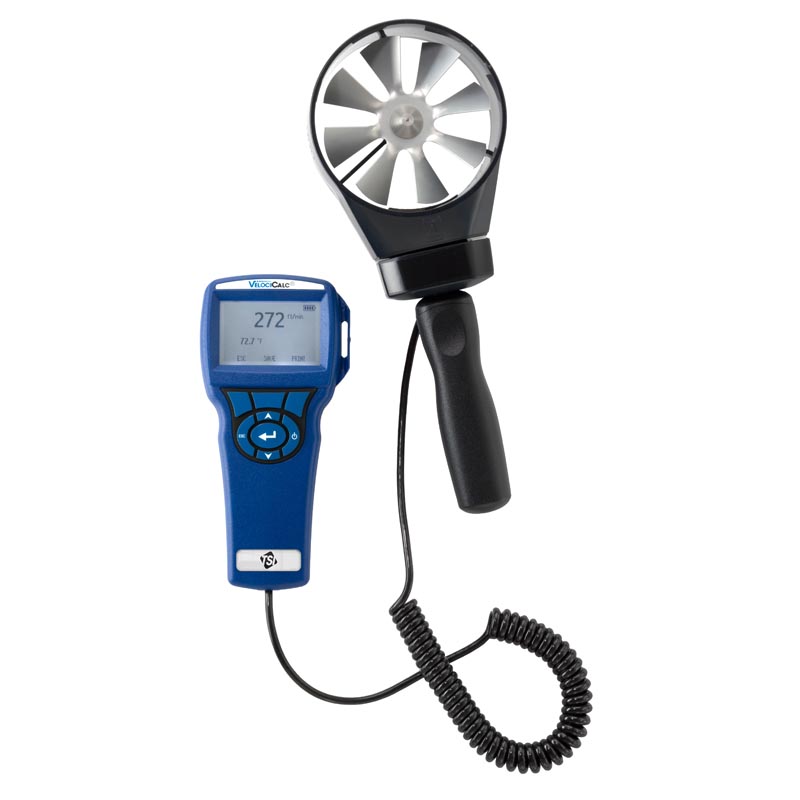Selecting the Right Anemometer: A Comprehensive Purchasing Overview
Selecting the Right Anemometer: A Comprehensive Purchasing Overview
Blog Article
All You Required to Learn About Anemometers: Exactly How They Work, Why They Issue, and Where to Make use of Them
Anemometers, though often overlooked in the world of scientific tools, play a critical function in numerous fields, using important understandings into wind rate and air flow patterns. Understanding the technicians behind these devices is essential for anyone looking for to harness the power of this information. From meteorologists tracking climate patterns to designers making structures with wind tons in mind, the applications of anemometers are far-ranging and diverse. As we dive into the intricacies of anemometer technology, we will certainly reveal the internal operations of these gadgets, their relevance, and the key factors to consider when choosing the ideal anemometer for specific applications.

Anemometer Basics
A necessary tool utilized to gauge wind rate and instructions, the anemometer plays an essential duty in weather forecasting and numerous sectors. An anemometer commonly is composed of 3 or four cups that revolve in the wind, a vane that aims into the wind, and sensing units to track the rotations or motions. By computing the turnings or motions over a particular period, the anemometer can establish wind rate. The vane aids establish wind instructions by directing into the wind, providing useful information for weather projecting, aeronautics, maritime operations, environmental surveillance, and wind energy applications.
There are various kinds of anemometers offered, including mug anemometers, vane anemometers, hot-wire anemometers, and sonic anemometers, each with its distinct attributes and applications. Mug anemometers are typically made use of for basic wind rate measurements, while vane anemometers are favored for directional measurements. Hot-wire anemometers appropriate for reduced airspeeds, and sonic anemometers are suitable for high-precision measurements in research study and industrial settings. Comprehending the essentials of anemometers is vital for precise wind data collection and evaluation throughout different sectors.
Concepts of Anemometer Procedure
Structure on the foundational understanding of anemometer fundamentals, the concepts of anemometer procedure elucidate the technicians behind wind speed and instructions dimensions. Anemometers operate the principle of air flow influencing a sensing unit, causing it to revolve. Cup anemometers, for instance, have three or even more mugs that record the wind, creating them to rotate faster as the wind speed boosts. The rotation speed is then exchanged a wind speed dimension. Vane anemometers, on the various other hand, make use of a tail or a probe that straightens itself with the wind instructions, giving a measurement of wind direction based on the alignment of the sensor. Hot-wire anemometers depend on a warmed cable that cools as wind passes over it, with the rate of cooling determining the wind speed. Ultrasonic anemometers step wind speed and direction by evaluating the time it considers ultrasonic signals Read Full Article to take a trip between transducers. Comprehending these concepts is critical for precise and trusted wind dimensions in different applications.
Value of Anemometers
The relevance of anemometers in meteorology and various sectors can not be overemphasized. Anemometers play a vital function in measuring wind speed and direction, providing necessary information for weather condition forecasting, environment research studies, ecological tracking, and aviation operations. Meteorologists count on anemometers to collect accurate wind data, aiding them understand climate patterns, anticipate tornados, and issue prompt warnings to the public. In industries such as building and construction, farming, renewable resource, and maritime procedures, anemometers are utilized to maximize processes, guarantee safety and security, and increase efficiency. For instance, wind farm drivers utilize anemometers to examine wind conditions and optimize electrical power manufacturing from wind generators. In the maritime field, anemometers help ship navigation by supplying real-time wind info to captains, aiding them make educated decisions to make certain secure voyages. Overall, anemometers are crucial tools that contribute considerably to safety, efficiency, and educated decision-making in meteorology and a variety of industries.
Applications Throughout Numerous Industries
In the sustainable power industry, anemometers play an essential role in examining wind problems for wind ranch placements, making sure ideal power manufacturing. Industries like building and mining make use of anemometers to monitor wind speeds, crucial use this link for security procedures, particularly when working at heights or in open-pit mines where strong winds can pose risks. In farming, anemometers help farmers in handling crop spraying by offering real-time data on wind speed to stay clear of drift.

Selecting the Right Anemometer for Your Demands
Choosing the proper anemometer tailored to your details requirements is necessary for obtaining precise wind speed and instructions measurements. When picking an anemometer, consider elements such as the desired application, required dimension range, environmental conditions, and desired features. For basic functions, a mug anemometer is ideal for measuring wind speed, while a vane anemometer supplies wind direction data. Hot-wire anemometers are excellent for reduced airspeed dimensions, and ultrasonic anemometers use high accuracy and longevity.

Verdict
In verdict, anemometers play an essential duty in measuring wind speed and instructions across numerous industries. It is crucial to take into consideration the importance of anemometers in order to make educated choices when selecting the most suitable device for measuring wind problems.
There are various kinds of anemometers readily available, consisting of cup anemometers, vane anemometers, hot-wire anemometers, and sonic anemometers, each with its special attributes and applications. her response Mug anemometers are typically made use of for standard wind rate measurements, while vane anemometers are chosen for directional dimensions. Hot-wire anemometers are ideal for reduced airspeeds, and sonic anemometers are optimal for high-precision dimensions in study and industrial setups.Building on the foundational understanding of anemometer fundamentals, the principles of anemometer operation illuminate the auto mechanics behind wind rate and instructions measurements. For basic functions, a mug anemometer is appropriate for determining wind speed, while a vane anemometer supplies wind instructions information.
Report this page